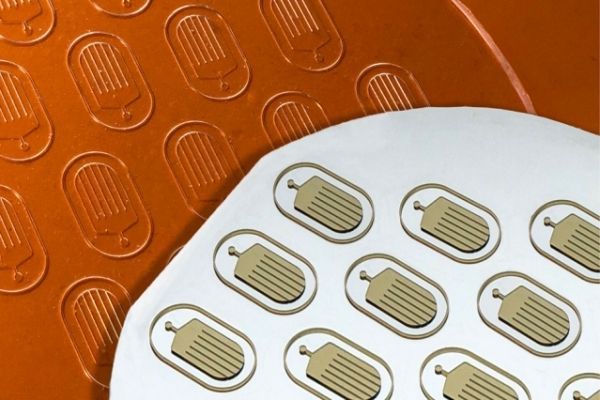One promising way to treat diabetes is with transplanted islet cells that produce insulin when blood sugar levels get too high. However, patients who receive such transplants must take drugs to prevent their immune systems from rejecting the transplanted cells, so the treatment is not often used.
To help make this type of therapy more feasible, MIT researchers have now devised a way to encapsulate therapeutic cells in a flexible protective device that prevents immune rejection while still allowing oxygen and other critical nutrients to reach the cells. Such cells could pump out insulin or other proteins whenever they are needed.
“The vision is to have a living drug factory that you can implant in patients, which could secrete drugs as-needed in the patient. We hope that technology like this could be used to treat many different diseases, including diabetes,” says Daniel Anderson, an associate professor of chemical engineering, a member of MIT’s Koch Institute for Integrative Cancer Research and Institute for Medical Engineering and Science, and the senior author of the work.
Read more at Massachusetts Institute of Technology
Image: MIT researchers have devised a way to encapsulate therapeutic cells, such as pancreatic islet cells, to treat diabetes, in a flexible protective device. CREDIT: Felice Frankel


